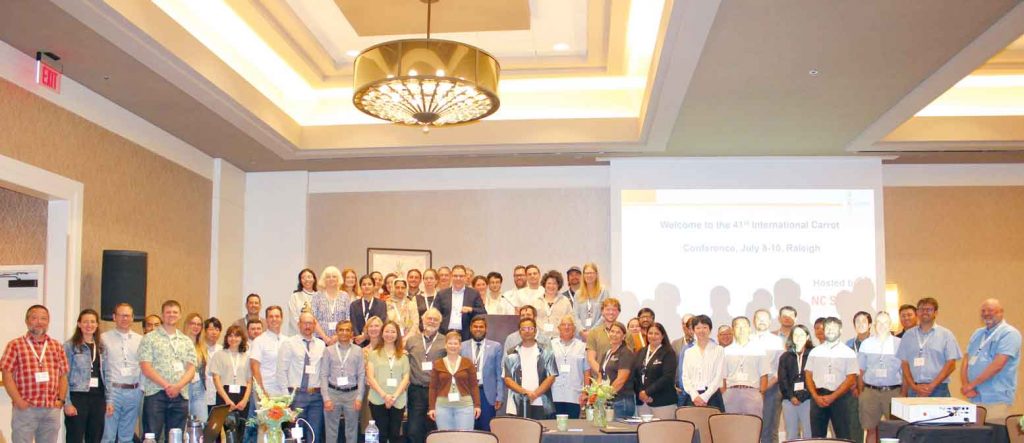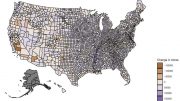|
Click to listen to this article
|
International Carrot Conference
Representing 10 countries, nearly 100 members of the carrot industry converged in Raleigh, North Carolina, this summer for the 41st International Carrot Conference. Held every 18 to 24 months, this conference aims to bring together a worldwide audience of growers, packers, shippers, seed producers, breeders, pathologists, sellers, marketers, researchers, extension specialists, students and others interested in the carrot industry.
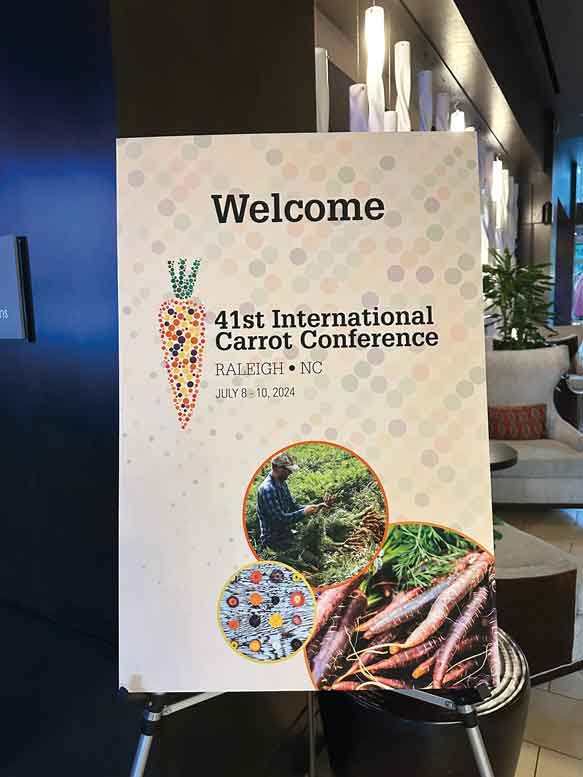
With technologies in the agriculture sector continuing to evolve, meetings like this are critical to stay up to date, advance research goals, understand new challenges and facilitate transfer of research outcomes to industry partners, according to conference organizing chair Massimo Iorizzo with North Carolina State University.
The conference included scientific presentations that showcased the most recent findings and technical advances in the carrot community, as well as a tour of two carrot field trials.
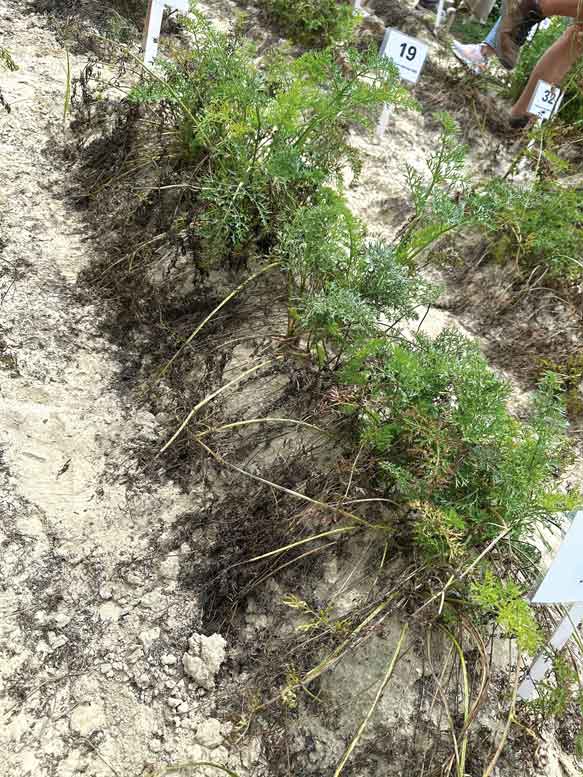
Research Presentations
A full agenda of presentations covered a wide variety of ongoing carrot research projects. Highlights included new findings about the health effects of carrots and compositional quality. Conference attendees learned about new methods for evaluating carrot traits like texture and anthocyanins, as well as new tools and molecular breeding strategies. A number of presentations highlighted the significant advances made in discovering the genetic mechanisms and genes controlling multiple traits and the effect of the environment or stresses on multiple traits. Presentations on crop management reported better strategies to diagnose and manage diseases, insects, nematodes and weeds.

Field Trials
Conference attendees spent the final afternoon of the meeting at the Horticultural Crops Research Station in Clinton, North Carolina, viewing a conventional carrot cultivar demonstration trial and an Alternaria disease trial.
The conventional trial included 144 entries representing five carrot market categories: Imperator cello, Imperator cut ‘n peel, novel colored carrots, processing types, and Nantes or Kuroda. Seeds were provided by private and public breeding programs.
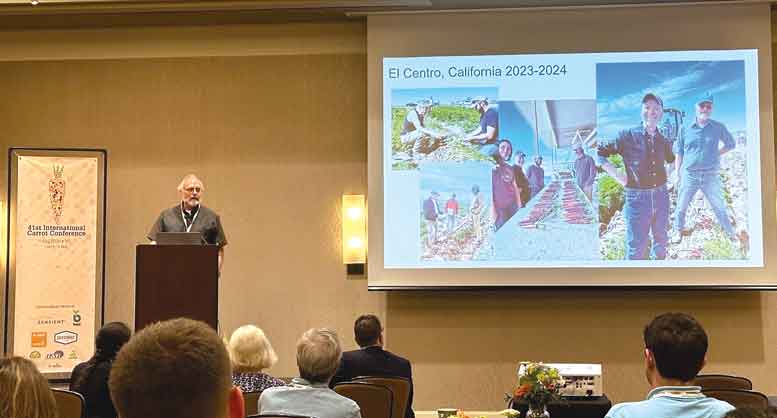
The Alternaria disease trial included 91 entries provided by private and public breeding programs and the USDA germplasm repository. Pressure for Alternaria leaf blight, caused by Alternaria dauci, is very high in North Carolina. Typical symptoms are dark brown lesions on the individual leaflets and petioles, and these lesions can be surrounded by a yellow halo. Severe infections can reduce root size and yield. The goal of the Alternaria trial was to gather preliminary information about carrot lines showing some level of resistance or tolerance to the disease. Alternaria prevention strategies were applied to the conventional trial, while the Alternaria trial was untreated, allowing natural occurrence of disease infection. Carrot lines showing a medium to high level of resistance to Alternaria leaf blight were noted.
A conference program, including abstracts of the presentations, can be found at www.internationalcarrots.org/agenda. The 42nd International Carrot Conference will be held in 2026. The location will be announced soon.
